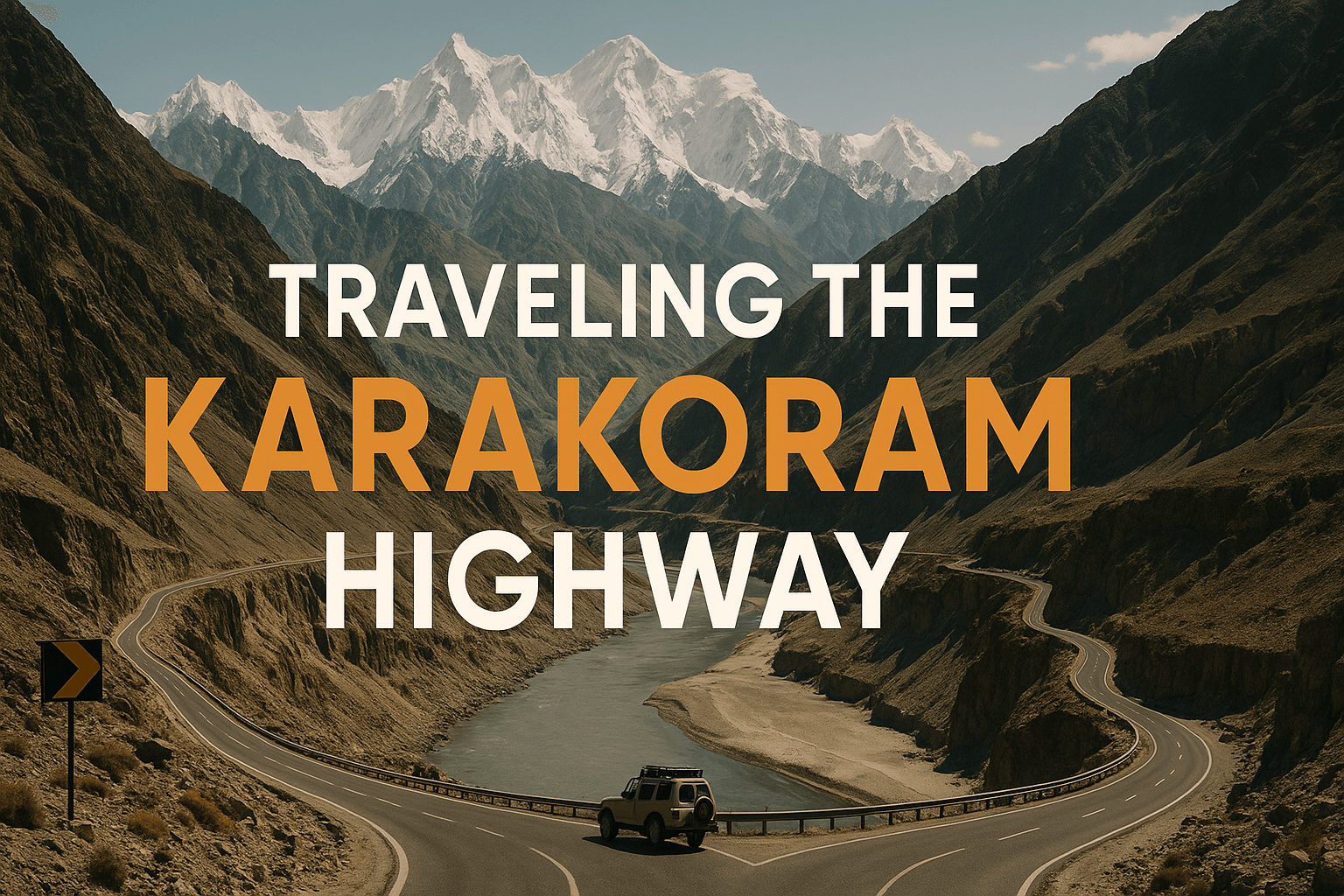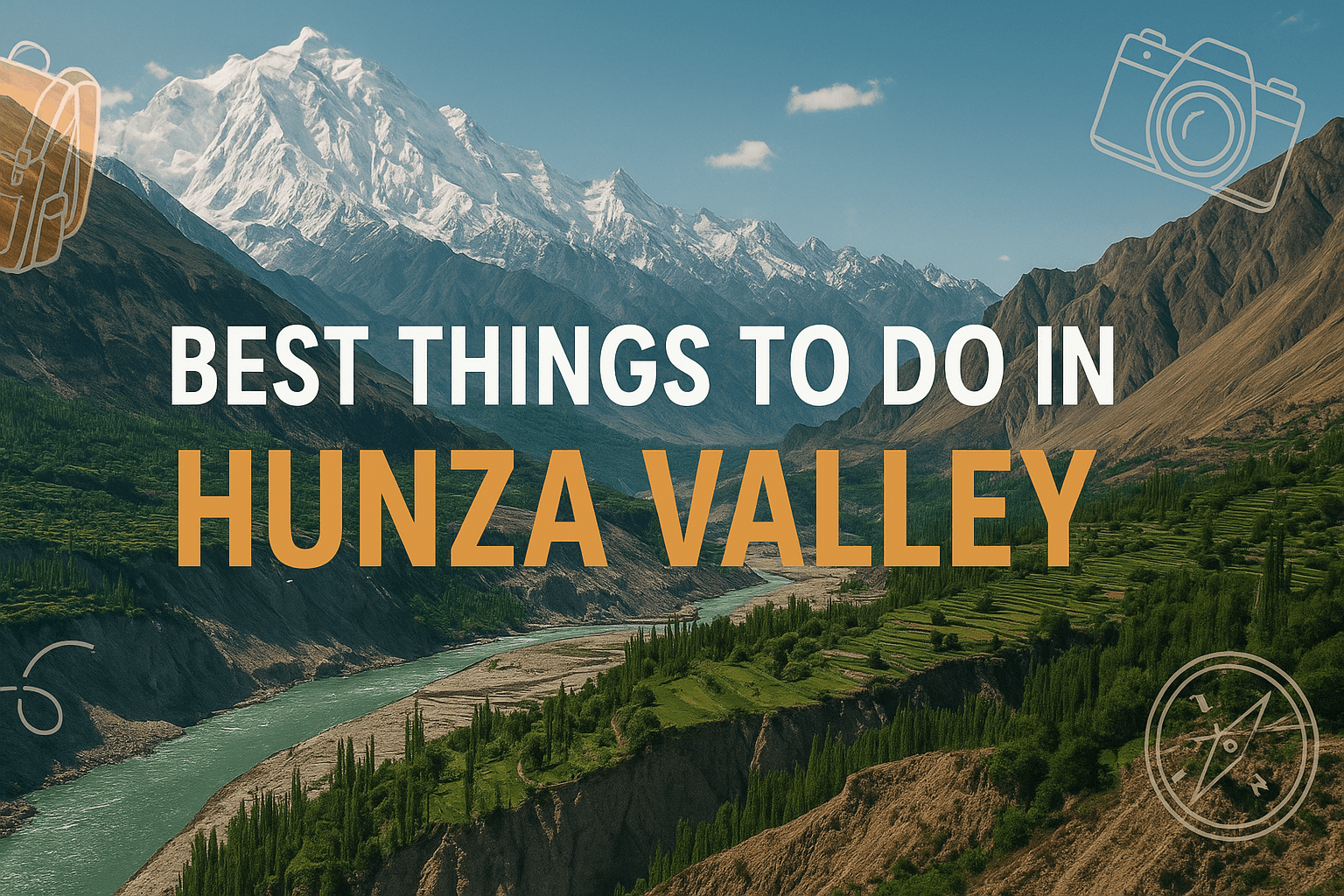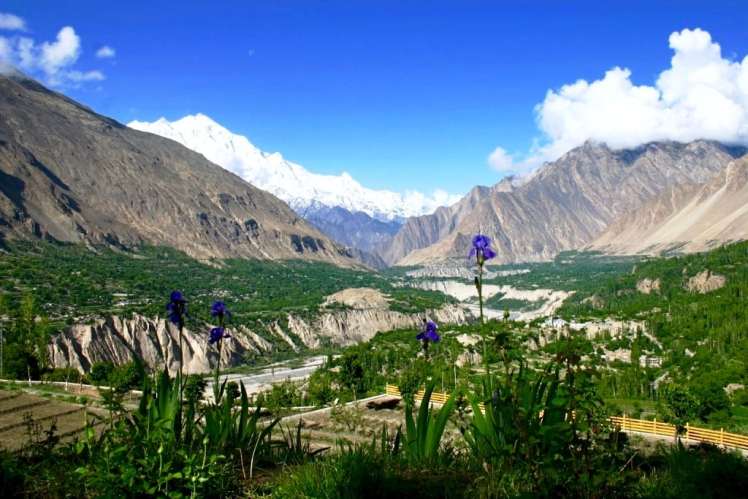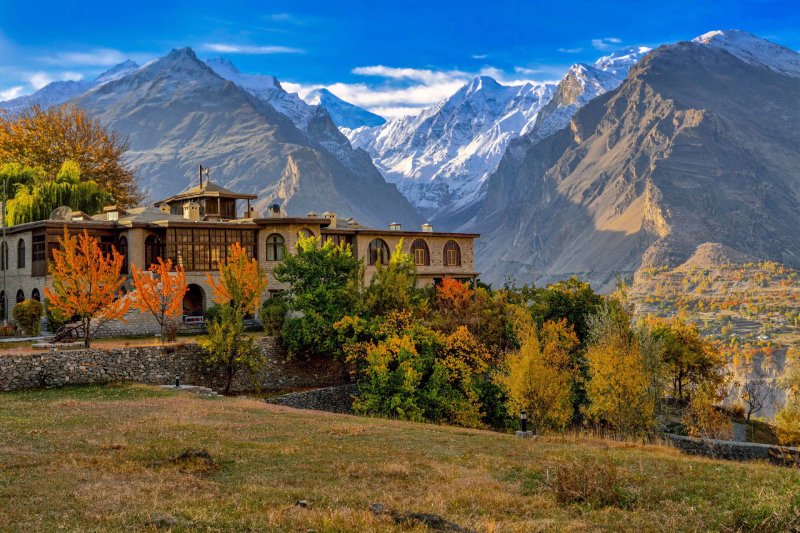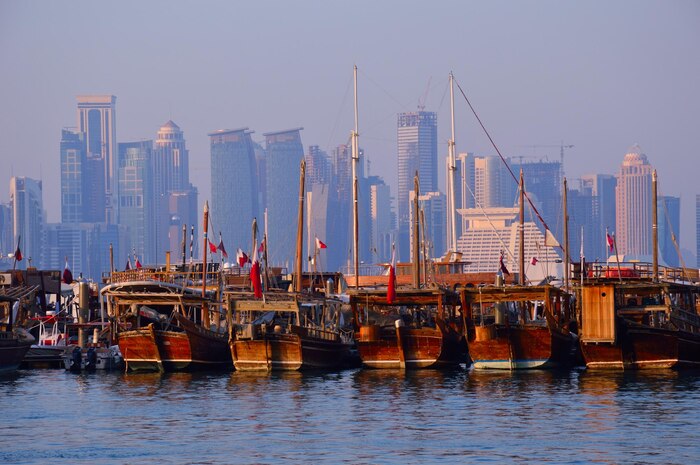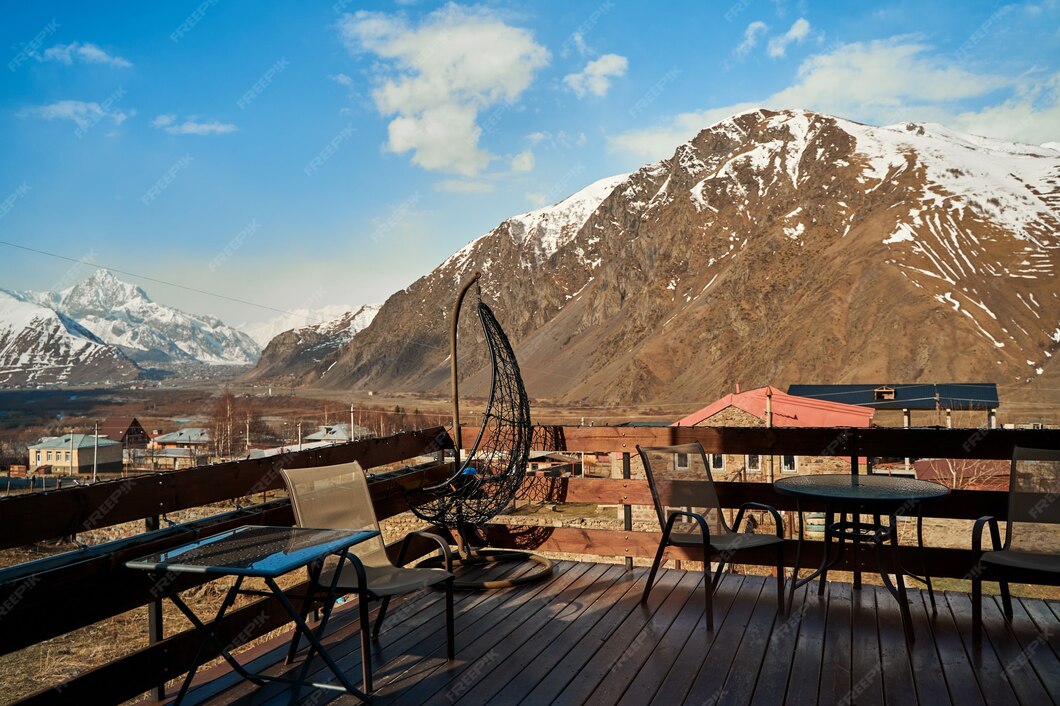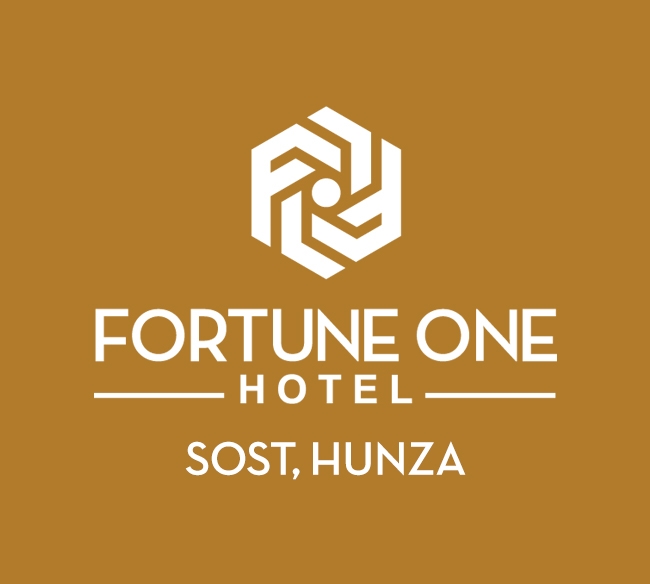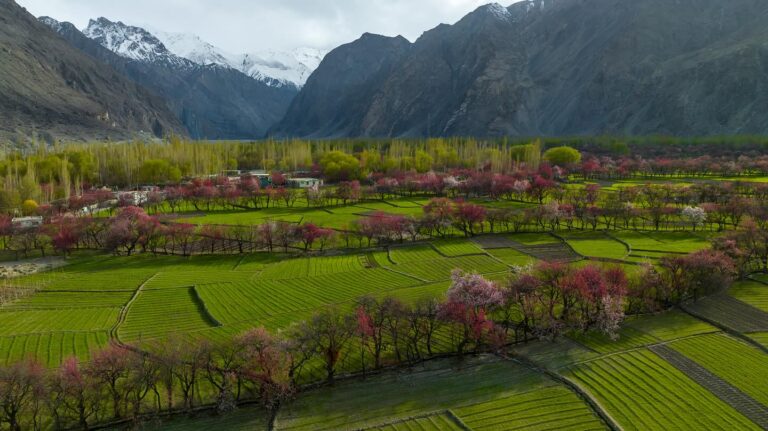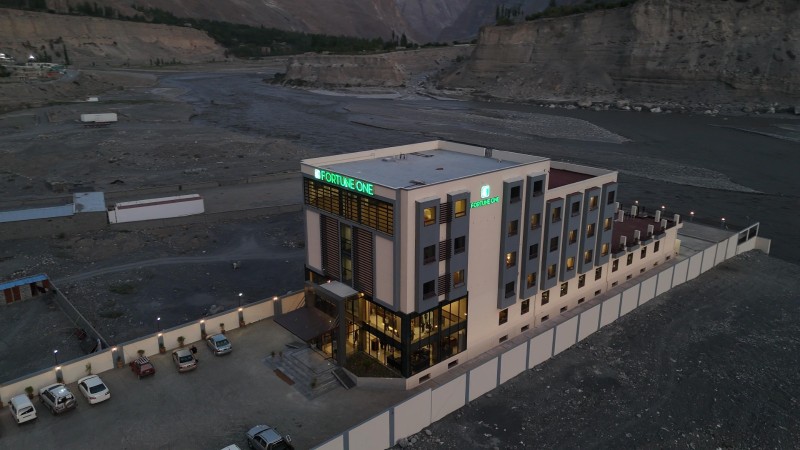
Discover Gilgit: Culture, Traditions, and Famous Attractions
Gilgit, the capital of Gilgit-Baltistan, is more than just a gateway to the majestic northern valleys of Pakistan. With its rich cultural heritage, traditional hospitality, and breathtaking surroundings, Gilgit offers travelers a unique blend of history, nature, and tradition. Whether you are passing through on your way to Hunza Valley, Skardu, or embarking on the legendary Karakoram Highway, Gilgit itself is worth exploring.
In this guide, we’ll dive into Gilgit’s culture, traditions, and famous attractions, while also suggesting how you can make the most of your journey with a comfortable stay at hotels like Fortune OneHotel in Hunza.
A Cultural Introduction to Gilgit
The People of Gilgit
Gilgit is home to diverse ethnic groups, including Shina, Burusho, Wakhi, and Balti communities. Each group contributes to the cultural mosaic of the region with unique languages, customs, and traditions.
- Languages Spoken: Shina is the most widely spoken language, but Burushaski, Wakhi, and Balti are also common. Urdu and English are understood in urban areas.
- Religion & Festivals: The majority of Gilgit’s population practices Islam, and religious festivals like Eid are celebrated widely. Cultural festivals, however, also hold a special place in local life.
Traditional Attire
The people of Gilgit take pride in their traditional attire. Men typically wear woolen caps (Pakol) and traditional shalwar kameez, while women wear colorful embroidered dresses with scarves or dupattas.
Hospitality
Gilgit is known for its unmatched hospitality. Guests are treated with warmth and generosity, reflecting the region’s deep-rooted traditions of welcoming travelers.
Famous Attractions in Gilgit
1. Gilgit Bridge
The Gilgit Bridge, one of the largest suspension bridges in Asia, is a famous landmark of the city. It connects different parts of Gilgit and serves as a reminder of the engineering marvels in this mountainous region.
2. Kargah Buddha
Located about 10 km from Gilgit town, the Kargah Buddha is an ancient rock carving dating back to the 7th century. It represents the Buddhist heritage of the region before the arrival of Islam.
3. Naltar Valley
Just an hour’s drive from Gilgit, Naltar Valley is renowned for its alpine forests, crystal lakes, and world-class ski resort. Naltar is also known for being one of the best stargazing spots in Pakistan.
4. Gilgit Bazaar
For a taste of local life, Gilgit Bazaar is a must-visit. From traditional handicrafts and gemstones to local dry fruits, the bazaar offers a lively cultural experience.
5. Rakaposhi View Point
While technically on the Karakoram Highway between Gilgit and Hunza, this viewpoint is one of the most popular stops for tourists. Rakaposhi, standing at 7,788 meters, is a breathtaking sight, especially at sunrise.
Cultural Festivals of Gilgit
Shandur Polo Festival
Often called the “Roof of the World Polo Festival,” this event is held at the Shandur Pass, the highest polo ground in the world. Teams from Gilgit and Chitral compete, and the event attracts international visitors every year.
Jashn-e-Baharan (Spring Festival)
This festival celebrates the arrival of spring with music, dance, and cultural performances. It is a colorful event that showcases the traditions of Gilgit’s communities.
Silk Route Festival
Celebrated in Gilgit and Hunza, this festival highlights the historic significance of the Silk Road trade routes, with cultural displays, handicrafts, and traditional food stalls.
Food and Cuisine of Gilgit
The cuisine of Gilgit reflects both its high-altitude environment and cultural influences.
- Popular Dishes: Chapshuro (meat pie), Gyal (flatbread), and Diram Phitti (wheat-based dessert) are local specialties.
- Dry Fruits & Apricots: Gilgit is famous for its apricots, walnuts, and almonds, often enjoyed as snacks or used in local dishes.
- Tea Culture: Like the rest of northern Pakistan, tea is central to hospitality in Gilgit, often served with bread or snacks.
Why Stay in Hunza After Visiting Gilgit?
While Gilgit offers plenty to explore, most travelers continue their journey to Hunza Valley for its romantic landscapes and cultural heritage. Choosing the right hotel enhances the experience.
One of the top recommendations is Fortune One Hotel in Hunza. Located in Sost, Hunza, the hotel offers:
- Cozy and modern rooms with mountain views.
- Authentic Hunza hospitality.
- Proximity to attractions like Passu Cones and Khunjerab Pass.
Staying here allows travelers to balance comfort and adventure, making it a top pick for couples, families, and explorers.
Tips for Visiting Gilgit
- Best Time to Visit: Spring (April–May) for cherry blossoms and autumn (September–October) for golden foliage.
- Getting There: Gilgit can be reached by air (via Gilgit Airport) or by road through the scenic Karakoram Highway.
- Stay Safe: Always check weather and road conditions before traveling.
Final Thoughts
Gilgit is not just a stopover; it is a destination rich in culture, traditions, and history. From its lively bazaars and historic sites to its world-famous festivals, Gilgit offers a truly unique experience. For travelers heading onward to Hunza, a stay at Fortune One Hotel adds comfort and charm to the journey.
So, if you’re planning a trip to Gilgit-Baltistan, don’t just pass through Gilgit — take the time to discover its timeless charm and make it part of your unforgettable northern adventure.

